By Bob Kozak (Advanced Biofuels USA) Senior Green Racing Editor Bob Kozak has been following the breakthrough DeltaWing race car since the project started. He thinks it has a lot to teach us as we try to bring advanced biofuels to life.
15:23:12 : Sadly the only " New Technology " car, the Deltawing, did not finish. Official 24 Hours of Le Mans Race Announcement
It was excruciating to watch a rookie driver in the #7 Toyota hybrid prototype push the DeltaWing into a crash barrier during a restart shortly after the sixth hour mark of the 24 Hours of Le Mans. The DeltaWing had been beset earlier by an off-the-shelf broken electronic shifting part that sent it to the pits for a long repair. But, after it was fixed it pluckily motored on and its drivers started turning very competitive laps. (Check out http://www.highcroftracing.com/galleries/ for some great DeltaWing photos.)
It was moving up in the standings and the rest of the race looked to be exciting. DeltaWing was showing everyone that Ben Bolwby’s formula of ½ the power, ½ the weight, and ½ the fuel equals full performance was working as advertised. That part of the experiment was successfully completed. Finishing the next eighteen hours would have left all the naysayers by the wayside.
But, as every racer has probably said after not finishing, “That’s racing.” Yes, that’s racing - the absolutely harshest test that you can come up with for people and their machines. And the 24 Hours of Le Mans is absolutely the harshest test possible. 24 hours flat out on the country roads of central France. From 3 PM Saturday to 3 PM Sunday. The “circuit de la Sarthe” is an 8.4 mile course with straight-away speeds of over 200 mph (on narrow roads closed for the race, not on a superspeedway) and hard breaking for 50 mph corners. The winning Audi diesel-hybrid this year traveled 3,199 miles. Yes, that more than NYC to LA in one-day.
Winning Le Mans is the Holy Grail for all automobile manufacturers. It took the great Ford Motor Company three tries and billions of dollars to finally win it in 1966 with the revolutionary GT-40. Porsche, Jaguar, Peugeot, and Audi spent years and fortunes before they left with the ultimate trophy.
That was the challenge Ben Bolwby accepted from the French Automobile Club de l’Ouest (ACO) one year ago. Bring the DeltaWing and if you can qualify at the ACO target speed you can come to the starting line on Saturday and try to make it to Sunday.
Here’s the thing, and why this means so damn much in a time when seemingly nothing works.
In June 2011, the DeltaWing racing car DID NOT EXIST! Ben Bolwby had turned out a full-size model for wind tunnel testing and publicity photos and had computer models.
But, the car did not exist. It had to be built from scratch. Heck, some of Bowlby’s concepts were so advanced they were in the pre-scratch stage!
So, how did the DeltaWing make the starting line and show it had the Right Stuff for Le Mans?
Here’s the story. And listen well. These are lessons we all need to learn.
Lesson #1: The Scientific Method versus Dogma
The DeltaWing started as an answer to Indy Car’s 2010 problem of high racing car costs and low fan interest. https://advancedbiofuelsusa.info/the-deltawing-indy-race-car-is-not-only-the-future-it%e2%80%99s-important In their infinite wisdom, however, Indy Car management turned down the DeltaWing.
The reason given was that IndyCar considered the combination of torque vectoring transaxle technology, under car aerodynamic downforce generation, new ideas on center of gravity transfer, and a very low-drag narrow front end that made it look like a land speed record car (or a tricycle to some) as “too radical.” And with that judgment they joined a long line of dogma based decision makers that stretch back to the Middle Ages and before.
As if Indy Car’s rejection wasn’t enough, many commenters and a few bloggers on “car guy” web sites who should have known better piled on and assured everyone that the DeltaWing simply would not turn.
Bowlby could have retrenched. The front end could have been widened or drag reduction could have been more conventional. These changes would have reduced popular opposition and development costs. But he didn’t.
Why? You could say that Ben is a very stubborn individual. Well, he is, but that misses the point. Ben stuck to his design because he trusted his data and calculations. Ben follows the empirical scientific method. You run experiments, collect data, and test some more. It’s not based on following dogma, it’s based on clear headed understanding of hard won data. When you make a decision, it’s because you trust the work you’ve done.
When the ACO extended the invitation to Le Mans, the original concept remained intact.
Lesson #2: Let the Geniuses Work!
Transferring Ben’s numbers into carbon fiber, titanium and aluminum is, as the saying goes, “a non-trivial task.” For background, the development cycle of a clean-sheet production vehicle is at least three years (usually closer to five) and the new DW12 IndyCar, which was closely based on existing designs, took 18 months and has still not reached optimal performance after six months of racing.
Fortunately for the DeltaWing saga the legendary Dan Gurney stepped forward and offered to build the first DeltaWing at his All American Racers (AAR) factory in California. Please take the time to learn about Dan Gurney. There simply is not the room here to do it properly. But, here’s a place to start. In one week in June 1967 he won the 24 Hours of Le Mans in a Ford GT-40 Mark IV and the Belgium Formula One Grand Prix in the AAR Eagle he designed and built.
As Dan tells the story he asked Ben to explain how the DeltaWing worked. When he heard Ben’s explanation, he thought the data and calculations were valid and said he’d build it.
The two geniuses came together and from summer of 2011 through February of 2012, together with the AAR people, they put everything they had into the project. As things started to come together, more people came on board. The most important were Michelin Tires and Nissan Motors.
Besides Gurney and Bolwby though, I think there is an unsung hero to bringing the DeltaWing to life – Duncan Dayton.
Duncan Dayton is the owner of Highcroft Racing. They have won two American Le Mans championships. To get to that point, Duncan had been a very successful businessman. From seeing the Highcroft team in action you can see that Duncan has created a very skilled, very disciplined team. Their ability to prepare and rebuild damaged race cars is stunning, Duncan also searches out innovations and makes them work; which is what led him to managing the DeltaWing program. Highcroft would take the raw DeltaWing fledgling and turn it into durable full-on Le Mans racer.
This meant letting the geniuses work, but also getting automotive giants Michelin and Nissan to focus their talents and resources on this project. Finally, it meant having to guide everyone to realize what ideas would be on the car at Le Mans and which one would have to wait for another day. This was far from easy. I’ve spoken to Duncan and I toast to him now for what he did.
If you’re running a bleeding-edge technology business I’d suggest talking to Duncan. If you work for one, make sure your boss learns about Duncan. If you are at a business school, the DeltaWing story needs to be at the centerpiece of your business innovation curriculum.
Lesson #3: Remember and Use Your History
Science and technology do not move forward at a regular pace. Scientific “progress” isn’t some continuous upward sloping line defined by a business school “law.” Science and technology moves forward in fits and starts. There are dead-ends and blind alleys. There are also very viable ideas that were stopped by shortages of funding, changes in public acceptance, and adverse rule making. Never forget them. If they made sense once, they probably will make sense again. Here are three key elements of the DeltaWing that have these histories.
BLAT: In the late 1970s and early 1980s, forward thinking racing car designers like Collin Chapman and Dan Gurney were trying to crack the aerodynamic conundrum of creating maximum downforce with minimum drag. A key concept was Boundary Layer Adhesion Technology, or BLAT. Low drag downforce could be created by lowering the pressure of ambient air running under a car and extending the low pressure zone behind the car. However, creating a low air pressure generator under the car without using a power sucking fan was the challenge. Dan created the Pepsi Eagle IndyCar in 1981 that solved the problem. It was fast, won races, and was made illegal on 1982 IndyCars.
When Ben and Dan starting getting into the details of how the DeltaWing would create undercar downforce, guess what came up? BLAT, largely put aside years ago is again showing why it was successful.
Skinny Tires: For the narrow front of the DeltaWing to work, skinny durable tires that could go 200 mph and have lots of grip had to be used. With just a year, how could such tires be developed? You know that little spare tire you have in your car?
Michelin had a wealth of data on the traction characteristics of tires that size. And, going back even further, it turns out that tire size was on the famous (or is it infamous) Citroen 2CV. Michelin says the front DeltaWing tires are the most efficient tires they ever developed. Does this mean your road car will have skinny, light weight tires in the future? Don’t bet against that.
Nissan Engine: Darren Cox, the head of the Nissan side of things at DeltaWing has reminded me that the engine is greatly updated, but… In 1970 Nissan, then called Datsun, introduced the 510 model in the US. It was a spunky, fun to drive, low fuel consuming very technologically advanced sport sedan. For about half the price of a BMW 2002 you got independent rear suspension, a smooth 4-speed gearbox, and an aluminum block, overhead cam 1.6L four-cylinder engine. The car quickly found its way to the racetrack and was a Trans-Am champ over the BMWs. It also is something of an icon among car people.
The engine in the DeltaWing? A Nissan 1.6L aluminum block overhead cam 4-cylinder. Yes it is turbocharged, but in keeping with Ben Bowlby’s concept of less power and good fuel economy, the power output is not much above what comes from the stock version of the engine which is available in the Nissan Juke. From the start of the Nissan racing heritage to the future.
Lesson #4: Enlightened Regulations
All the science and technology in the world is great. However, if the governing bodies are held back by dogma or ideology and are unable to see to the future or don’t want it to happen, it won’t. Yes, in a perfect world legislative and regulatory agencies would clearly consider the science (Climate Change for example) with a scientific eye before making decisions.
In the case of DeltaWing, there was an enlightened regulatory body, the French Automobile Club de l’Ouest (ACO) which runs the 24 Hours of Le Mans. The ACO is has recently been at the forefront of pushing automobile racing to develop new energy efficiency and safety technologies (the proposed 2014 regulations are very exciting for energy and biofuel people).
Besides enacting vehicle design regulations, ACO has something called the “New Technology” program. Every year they can invite a team to race a car that, while it doesn’t meet existing regulations, does represent the future of motor vehicle technology. In the past this included a car with the flywheel hybrid technology that was used by this year’s winning Audi. One year ago, the ACO invited Ben Bowlby to bring the DeltaWing. The car would not race for prizes, but would have the worldwide audience of the 24 Hours of Le Mans seeing it and would be able to produce extremely valuable technical data that couldn’t be obtained any other way.
Remember this ACO “new Technology Program” before you condemn all legislative and regulatory bodies and the rules and regulations they write. The real issue is getting rules and regulations in place that understand science and encourage smart innovations.
Lesson The Last: Stick Together and Don’t Give Up
When the DeltaWing was pushed off the track by the #7 Toyota it wouldn’t run. Le Mans regulations require a car to make it back to the pits for repairs under its own power. It can’t be towed, the driver has to fix it. The DeltaWing driver Satoshi Motoyama tried hard. For ninety minutes he tried everything. The team rallied around and gave him all the help they could within the rules but it was too badly damaged. http://www.highcroftracing.com/news/ and http://www.youtube.com/watch?v=xi_AsxRuyus&feature=player_embedded#!
Satoshi didn’t give up and I’m sure the DeltaWing team won’t either. This isn’t the last time we’ll see them.
They’ll be racing again this year. Circle October 20th on your calendar. That’s the date for the Petit Le Mans at Road Atlanta. Tell the American Le Mans series http://www.alms.com/ you want to see it there. And after that? How about more DeltaWing racers built from bioplastics? That’s the next step in the project. And as Dan Gurney says, he’d like to drive one on the street. So would I!
It’s hard most of the time in the advanced biofuels world. Not much funding, little public support, adverse regulations. We could learn a lot from the story of the DeltaWing.
Photos: Bob Kozak
Nearly 55,000 articles in our online library!
Use the categories and tags listed below to access the nearly 50,000 articles indexed on this website.
Advanced Biofuels USA Policy Statements and Handouts!
- For Kids: Carbon Cycle Puzzle Page
- Why Ethanol? Why E85?
- Just A Minute 3-5 Minute Educational Videos
- 30/30 Online Presentations
- “Disappearing” Carbon Tax for Non-Renewable Fuels
- What’s the Difference between Biodiesel and Renewable (Green) Diesel? 2020 revision
- How to De-Fossilize Your Fleet: Suggestions for Fleet Managers Working on Sustainability Programs
- New Engine Technologies Could Produce Similar Mileage for All Ethanol Fuel Mixtures
- Action Plan for a Sustainable Advanced Biofuel Economy
- The Interaction of the Clean Air Act, California’s CAA Waiver, Corporate Average Fuel Economy Standards, Renewable Fuel Standards and California’s Low Carbon Fuel Standard
- Latest Data on Fuel Mileage and GHG Benefits of E30
- What Can I Do?
Donate
DonateARCHIVES
- December 2025
- November 2025
- October 2025
- September 2025
- August 2025
- July 2025
- June 2025
- May 2025
- April 2025
- March 2025
- February 2025
- January 2025
- December 2024
- November 2024
- October 2024
- September 2024
- August 2024
- July 2024
- June 2024
- May 2024
- April 2024
- March 2024
- February 2024
- January 2024
- December 2023
- November 2023
- October 2023
- September 2023
- August 2023
- July 2023
- June 2023
- May 2023
- April 2023
- March 2023
- February 2023
- January 2023
- December 2022
- November 2022
- October 2022
- September 2022
- August 2022
- July 2022
- June 2022
- May 2022
- April 2022
- March 2022
- February 2022
- January 2022
- December 2021
- November 2021
- October 2021
- September 2021
- August 2021
- July 2021
- June 2021
- May 2021
- April 2021
- March 2021
- February 2021
- January 2021
- December 2020
- November 2020
- October 2020
- September 2020
- August 2020
- July 2020
- June 2020
- May 2020
- April 2020
- March 2020
- February 2020
- January 2020
- December 2019
- November 2019
- October 2019
- September 2019
- August 2019
- July 2019
- June 2019
- May 2019
- April 2019
- March 2019
- February 2019
- January 2019
- December 2018
- November 2018
- October 2018
- September 2018
- August 2018
- July 2018
- June 2018
- May 2018
- April 2018
- March 2018
- February 2018
- January 2018
- December 2017
- November 2017
- October 2017
- September 2017
- August 2017
- July 2017
- June 2017
- May 2017
- April 2017
- March 2017
- February 2017
- January 2017
- December 2016
- November 2016
- October 2016
- September 2016
- August 2016
- July 2016
- June 2016
- May 2016
- April 2016
- March 2016
- February 2016
- January 2016
- December 2015
- November 2015
- October 2015
- September 2015
- August 2015
- July 2015
- June 2015
- May 2015
- April 2015
- March 2015
- February 2015
- January 2015
- December 2014
- November 2014
- October 2014
- September 2014
- August 2014
- July 2014
- June 2014
- May 2014
- April 2014
- March 2014
- February 2014
- January 2014
- December 2013
- November 2013
- October 2013
- September 2013
- August 2013
- July 2013
- June 2013
- May 2013
- April 2013
- March 2013
- February 2013
- January 2013
- December 2012
- November 2012
- October 2012
- September 2012
- August 2012
- July 2012
- June 2012
- May 2012
- April 2012
- March 2012
- February 2012
- January 2012
- December 2011
- November 2011
- October 2011
- September 2011
- August 2011
- July 2011
- June 2011
- May 2011
- April 2011
- March 2011
- February 2011
- January 2011
- December 2010
- November 2010
- October 2010
- September 2010
- August 2010
- July 2010
- June 2010
- May 2010
- April 2010
- March 2010
- February 2010
- January 2010
- December 2009
- November 2009
- October 2009
- September 2009
- August 2009
- July 2009
- June 2009
- May 2009
- April 2009
- March 2009
- February 2009
- January 2009
- December 2008
- November 2008
- October 2008
- September 2008
- August 2008
- July 2008
- June 2008
- May 2008
- April 2008
- March 2008
- February 2008
- January 2008
- December 2007
- November 2007
- October 2007
- September 2007
- August 2007
- June 2007
- February 2007
- January 2007
- October 2006
- April 2006
- January 2006
- April 2005
- December 2004
- November 2004
- December 1987
CATEGORIES
- About Us
- Advanced Biofuels Call to Action
- Aviation Fuel/Sustainable Aviation Fuel (SAF)
- BioChemicals/Renewable Chemicals
- BioRefineries/Renewable Fuel Production
- Business News/Analysis
- Cooking Fuel
- Education
- 30/30 Online Presentations
- Competitions, Contests
- Earth Day 2021
- Earth Day 2022
- Earth Day 2023
- Earth Day 2024
- Earth Day 2025
- Executive Training
- Featured Study Programs
- Instagram TikTok Short Videos
- Internships
- Just a Minute
- K-12 Activities
- Mechanics training
- Online Courses
- Podcasts
- Scholarships/Fellowships
- Teacher Resources
- Technical Training
- Technician Training
- University/College Programs
- Events
- Coming Events
- Completed Events
- More Coming Events
- Requests for Speakers, Presentations, Posters
- Requests for Speakers, Presentations, Posters Completed
- Webinars/Online
- Webinars/Online Completed; often available on-demand
- Federal Agency/Executive Branch
- Agency for International Development (USAID)
- Agriculture (USDA)
- Commerce Department
- Commodity Futures Trading Commission
- Congressional Budget Office
- Defense (DOD)
- Air Force
- Army
- DARPA (Defense Advance Research Projects Agency)
- Defense Logistics Agency
- Marines
- Navy
- Education Department
- Energy (DOE)
- Environmental Protection Agency
- Federal Energy Regulatory Commission (FERC)
- Federal Reserve System
- Federal Trade Commission
- Food and Drug Administration
- General Services Administration
- Government Accountability Office (GAO)
- Health and Human Services (HHS)
- Homeland Security
- Housing and Urban Development (HUD)
- Interior Department
- International Trade Commission
- Joint Office of Energy and Transportation
- Justice (DOJ)
- Labor Department
- National Academies of Sciences Engineering Medicine
- National Aeronautics and Space Administration
- National Oceanic and Atmospheric Administration
- National Research Council
- National Science Foundation
- National Transportation Safety Board (NTSB)
- Occupational Safety and Health Administration
- Overseas Private Investment Corporation
- Patent and Trademark Office
- Securities and Exchange Commission
- State Department
- Surface Transportation Board
- Transportation (DOT)
- Federal Aviation Administration
- National Highway Traffic Safety Administration (NHTSA)
- Pipeline and Hazardous Materials Safety Admin (PHMSA)
- Treasury Department
- U.S. Trade Representative (USTR)
- White House
- Federal Legislation
- Federal Litigation
- Federal Regulation
- Feedstocks
- Agriculture/Food Processing Residues nonfield crop
- Alcohol/Ethanol/Isobutanol
- Algae/Other Aquatic Organisms/Seaweed
- Atmosphere
- Carbon Dioxide (CO2)
- Field/Orchard/Plantation Crops/Residues
- Forestry/Wood/Residues/Waste
- hydrogen
- Manure
- Methane/Biogas
- methanol/bio-/renewable methanol
- Not Agriculture
- RFNBO (Renewable Fuels of Non-Biological Origin)
- Seawater
- Sugars
- water
- Funding/Financing/Investing
- grants
- Green Jobs
- Green Racing
- Health Concerns/Benefits
- Heating Oil/Fuel
- History of Advanced Biofuels
- Infrastructure
- Aggregation
- Biofuels Engine Design
- Biorefinery/Fuel Production Infrastructure
- Carbon Capture/Storage/Use
- certification
- Deliver Dispense
- Farming/Growing
- Precursors/Biointermediates
- Preprocessing
- Pretreatment
- Terminals Transport Pipelines
- International
- Abu Dhabi
- Afghanistan
- Africa
- Albania
- Algeria
- Angola
- Antarctica
- Arctic
- Argentina
- Armenia
- Aruba
- Asia
- Asia Pacific
- Australia
- Austria
- Azerbaijan
- Bahamas
- Bahrain
- Bangladesh
- Barbados
- Belarus
- Belgium
- Belize
- Benin
- Bermuda
- Bhutan
- Bolivia
- Bosnia and Herzegovina
- Botswana
- Brazil
- Brunei
- Bulgaria
- Burkina Faso
- Burundi
- Cambodia
- Cameroon
- Canada
- Caribbean
- Central African Republic
- Central America
- Chad
- Chile
- China
- Colombia
- Congo
- Congo, Democratic Republic of
- Costa Rica
- Croatia
- Cuba
- Cyprus
- Czech Republic
- Denmark
- Dominican Republic
- Dubai
- Ecuador
- Egypt
- El Salvador
- Equatorial Guinea
- Estonia
- Eswatini/Swaziland
- Ethiopia
- European Union (EU)
- Fiji
- Finland
- France
- French Guiana
- Gabon
- Georgia
- Germany
- Ghana
- Global South
- Greece
- Greenland
- Grenada
- Guatemala
- Guinea
- Guyana
- Haiti
- Honduras
- Hong Kong
- Hungary
- Iceland
- India
- Indonesia
- Iran
- Iraq
- Ireland
- Israel
- Italy
- Ivory Coast
- Jamaica
- Japan
- Jersey
- Jordan
- Kazakhstan
- Kenya
- Korea
- Kosovo
- Kuwait
- Laos
- Latin America
- Latvia
- Lebanon
- Liberia
- Lithuania
- Luxembourg
- Macedonia
- Madagascar
- Malawi
- Malaysia
- Maldives
- Mali
- Malta
- Marshall Islands
- Mauritania
- Mauritius
- Mexico
- Middle East
- Moldova
- Monaco
- Mongolia
- Morocco
- Mozambique
- Myanmar/Burma
- Namibia
- Nepal
- Netherlands
- New Guinea
- New Zealand
- Nicaragua
- Niger
- Nigeria
- North Africa
- North America
- North Korea
- Northern Ireland
- Norway
- Oman
- Pakistan
- Panama
- Papua New Guinea
- Paraguay
- Peru
- Philippines
- Poland
- Portugal
- Qatar
- Republic of
- Romania
- Russia
- Rwanda
- Saudi Arabia
- Scotland
- Senegal
- Serbia
- Sierra Leone
- Singapore
- Slovakia/Slovak Republic
- Slovenia
- Solomon Islands
- South Africa
- South America
- South Korea
- South Sudan
- Southeast Asia
- Spain
- Sri Lanka
- Sudan
- Suriname
- Sweden
- Switzerland
- Taiwan
- Tanzania
- Thailand
- Timor-Leste
- Togo
- Trinidad and Tobago
- Tunisia
- Turkey
- Uganda
- UK (United Kingdom)
- Ukraine
- United Arab Emirates UAE
- Uruguay
- Uzbekistan
- Vatican
- Venezuela
- Vietnam
- Wales
- Zambia
- Zanzibar
- Zimbabwe
- Marine/Boat Bio and Renewable Fuel/MGO/MDO/SMF
- Marketing/Market Forces and Sales
- Opinions
- Organizations
- Original Writing, Opinions Advanced Biofuels USA
- Policy
- Presentations
- Biofuels Digest Conferences
- DOE Conferences
- Bioeconomy 2017
- Bioenergy2015
- Biomass2008
- Biomass2009
- Biomass2010
- Biomass2011
- Biomass2012
- Biomass2013
- Biomass2014
- DOE Project Peer Review
- Other Conferences/Events
- R & D Focus
- Carbon Capture/Storage/Use
- Co-Products
- Feedstock
- Logistics
- Performance
- Process
- Vehicle/Engine/Motor/Aircraft/Boiler/Ship
- Yeast
- Railroad/Train/Locomotive Fuel
- Resources
- Books Web Sites etc
- Business
- Definition of Advanced Biofuels
- Find Stuff
- Government Resources
- Scientific Resources
- Technical Resources
- Tools/Decision-Making
- Rocket/Missile Fuel
- Sponsors
- States
- Alabama
- Alaska
- Arizona
- Arkansas
- California
- Colorado
- Connecticut
- Delaware
- Florida
- Georgia
- Hawai'i
- Idaho
- Illinois
- Indiana
- Iowa
- Kansas
- Kentucky
- Louisiana
- Maine
- Maryland
- Massachusetts
- Michigan
- Midwest
- Minnesota
- Mississippi
- Missouri
- Montana
- Native American tribal nation lands
- Nebraska
- Nevada
- New Hampshire
- New Jersey
- New Mexico
- New York
- North Carolina
- North Dakota
- Ohio
- Oklahoma
- Oregon
- Pennsylvania
- Puerto Rico
- Rhode Island
- South Carolina
- South Dakota
- Tennessee
- Texas
- Utah
- Vermont
- Virginia
- Washington
- Washington DC
- West Coast
- West Virginia
- Wisconsin
- Wyoming
- Sustainability
- Uncategorized
- What You Can Do
tags
© 2008-2023 Copyright Advanced BioFuels USA. All Rights reserved.
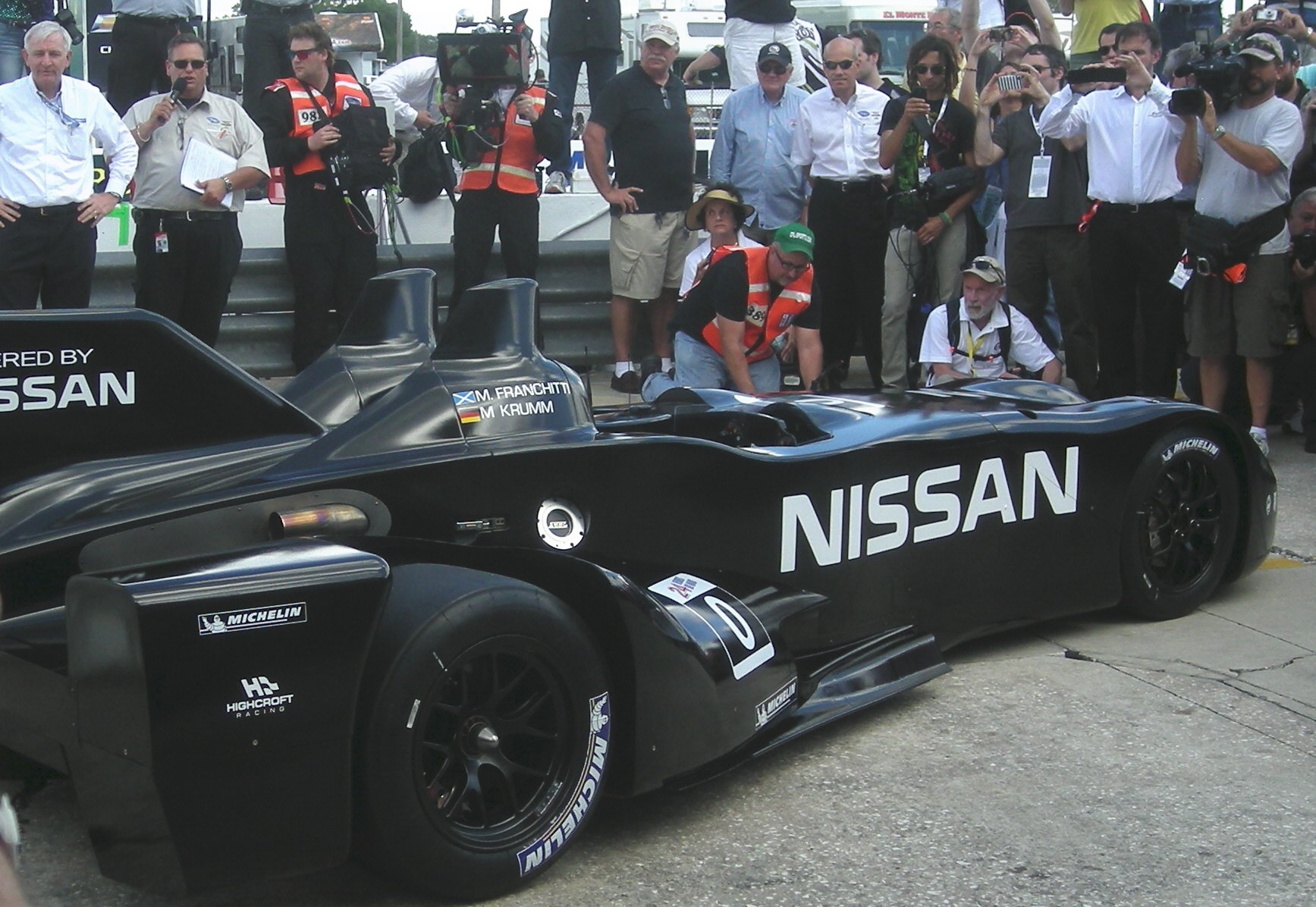
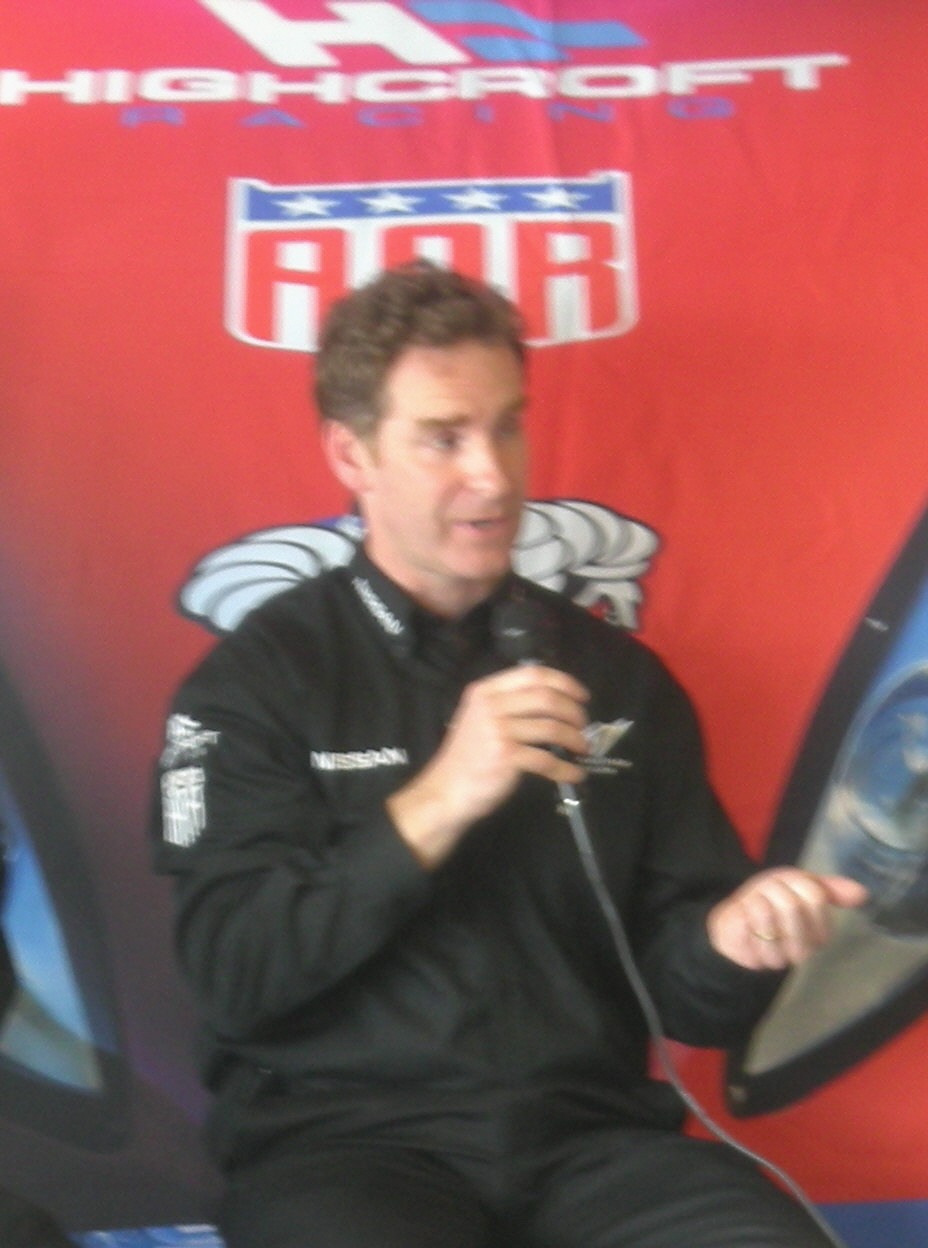

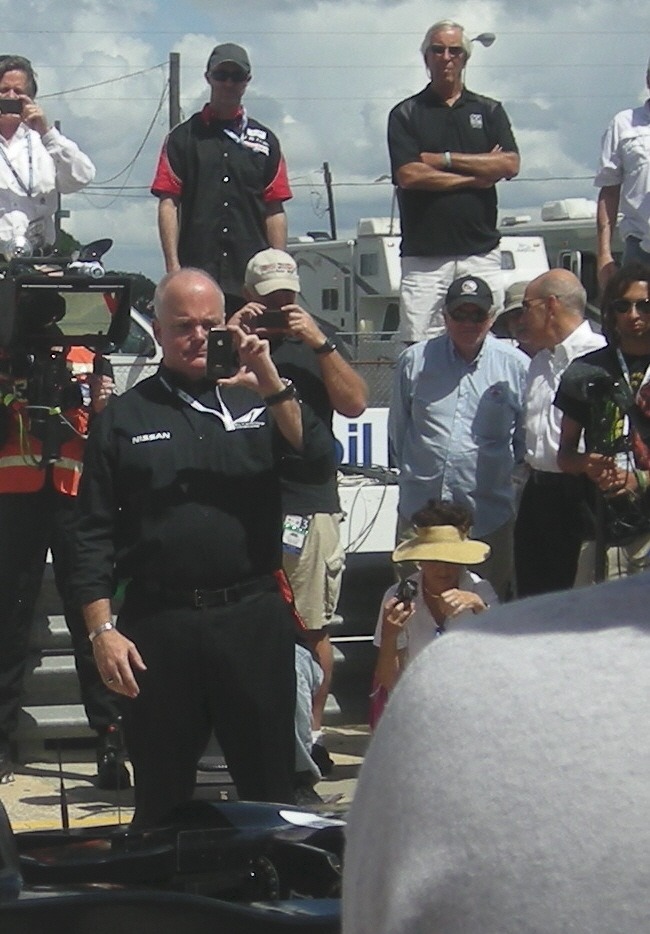
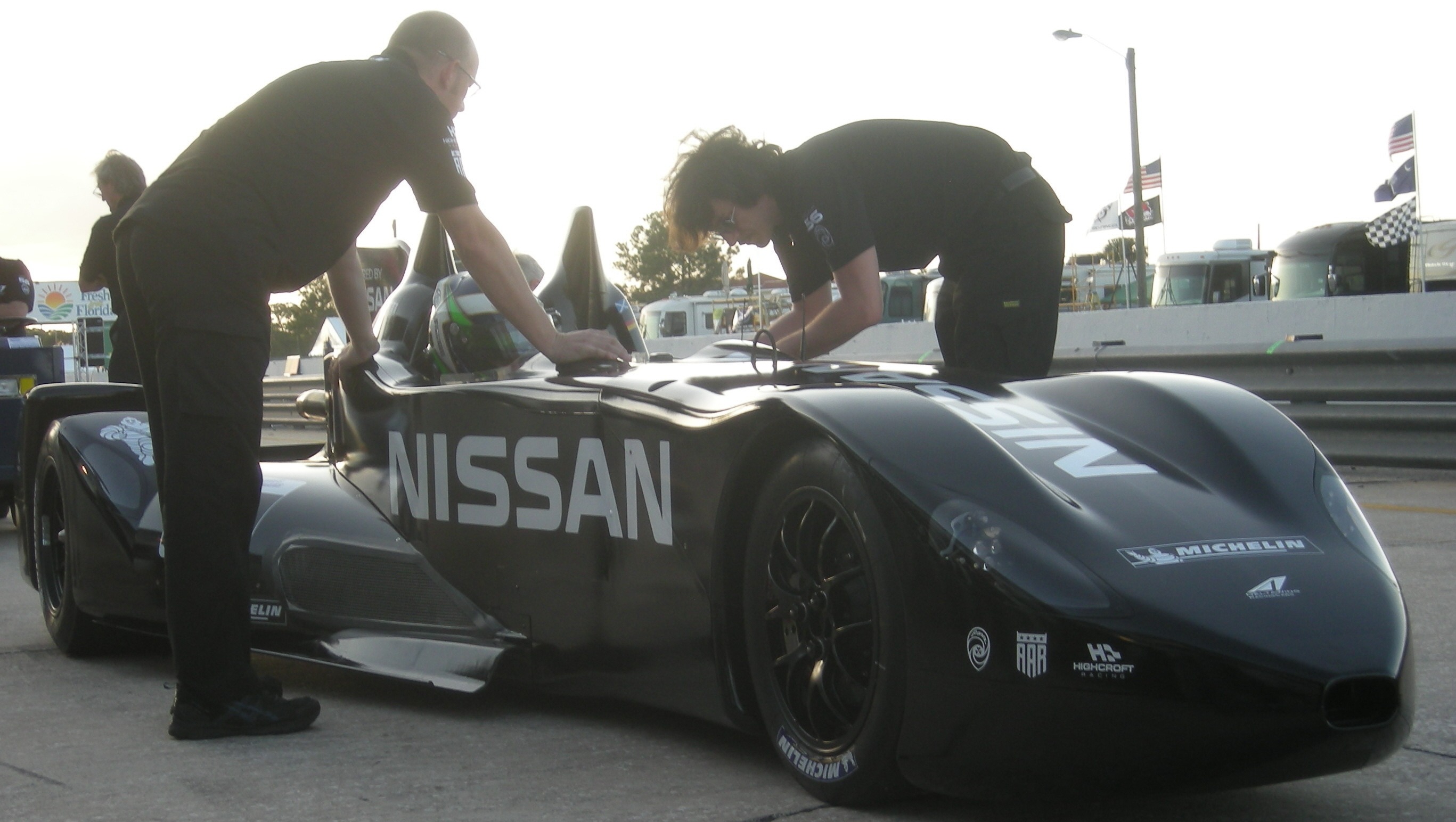
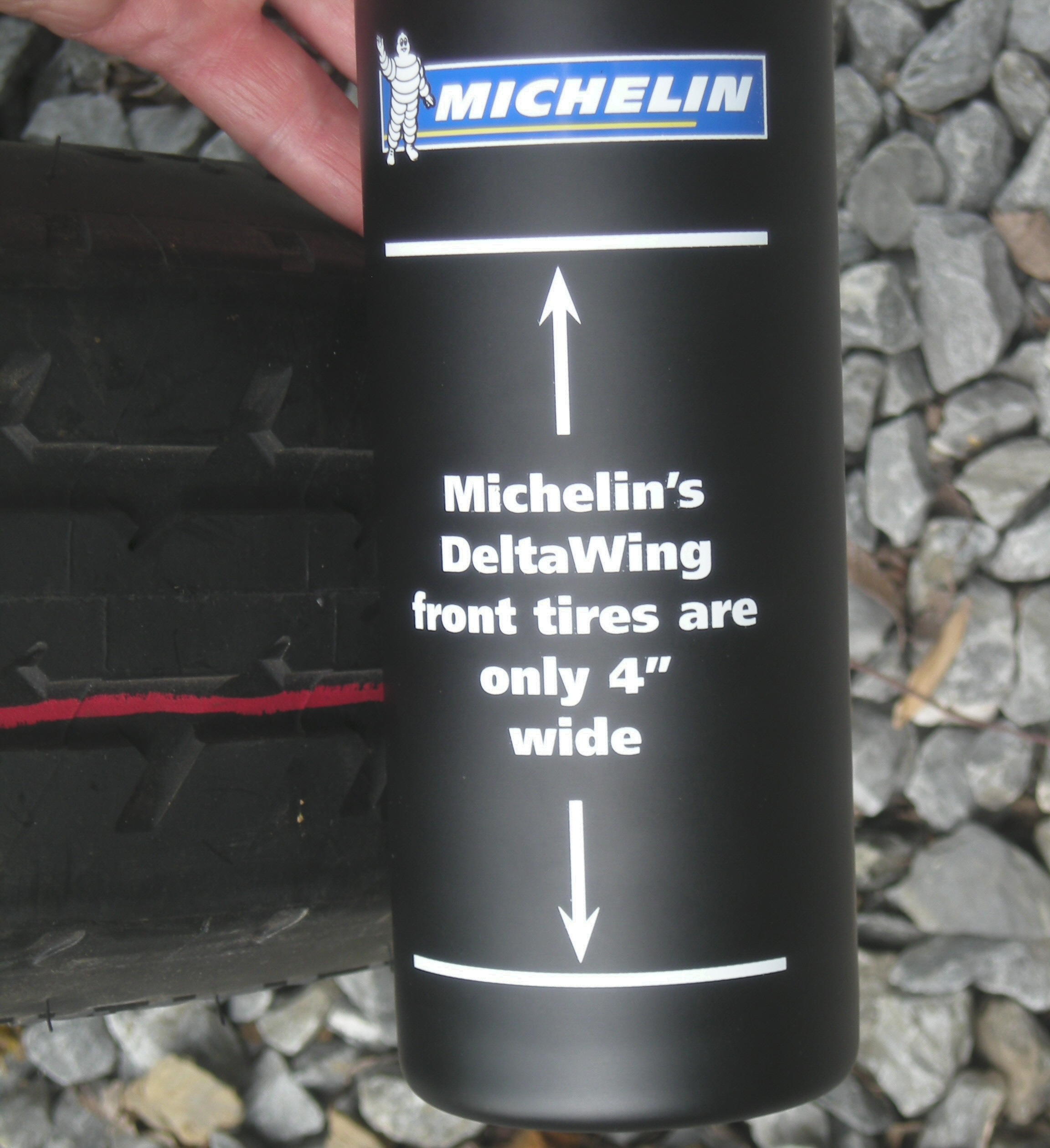
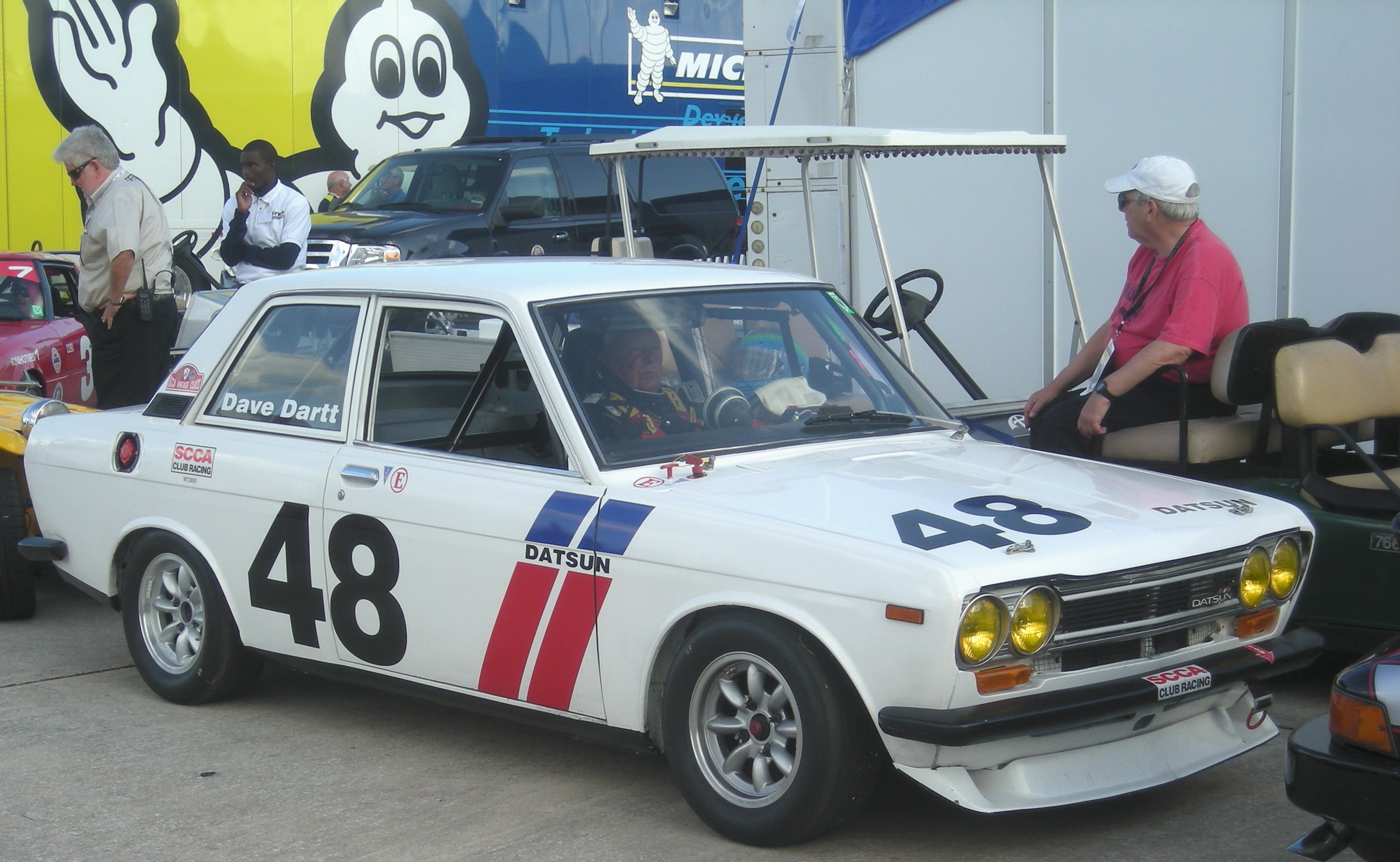
.jpg)





0 COMMENTS
Leave A Comment
Your Email Address wiil not be Published. Required Field Are marked*